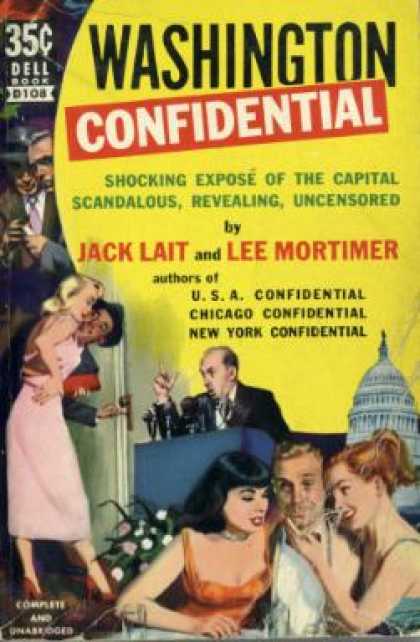The problem with this dissection of The Block was that little agreement could be achieved between the articles published. In 1954 Esquire called The Block, "the golden road." It invited visitors to experience some "innocent" entertainment. In 1951Washington Confidential defined The Block women, "Few have looks, none have wit, and at $35 a week most of these stag-show strumpets are overpaid." Ouch! The autobiography written by Blaze Starr in 1989 reflected on the days of The Block in terms of how it influenced the rise of Ms.Starr. She has mentioned The Block always as her home and The Two O'Clock Club as a fine club for adult entertainment. She settled down in Baltimore and bought the club without ever mentioning any problems on The Block until the mid 1960's.
It is a fact that The Block during the 1950's was not all horrible disgusting acts but nor was it a shimmering innocent night out. I don't think there is a balance that will be struck between good and dirty. It will be more like finding the shining parts amidst the dirty core.
Please look into these fascinating sources and find some answers for yourself. It is not just about the adult entertainment district of Baltimore, but more about what the city was allowing to pass legally situated in between police headquarters and City Hall. It also reveals how the city supported the prosperity of this district in an era of American history considered the most conservative ever. The Block continues to be a dynamic and revealing test to Baltimore history.
Stay underground!



